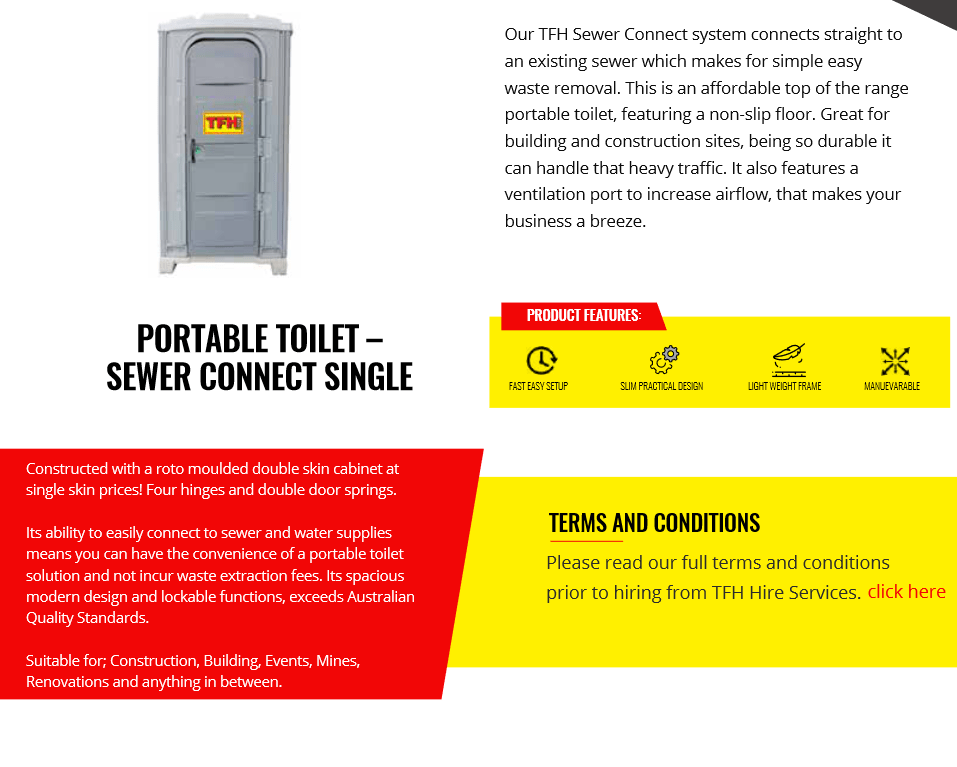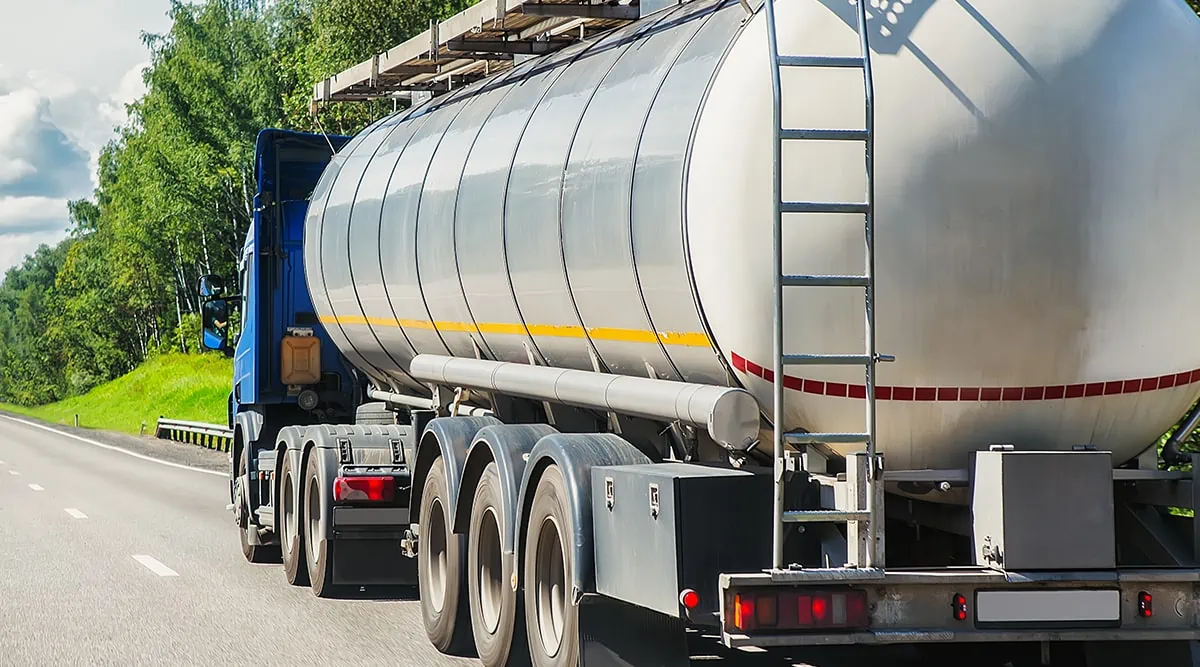The Ultimate Guide To Reclaim Waste
Wiki Article
The 3-Minute Rule for Reclaim Waste
Table of ContentsNot known Details About Reclaim Waste All About Reclaim WasteA Biased View of Reclaim WasteThe 45-Second Trick For Reclaim WasteOur Reclaim Waste PDFsReclaim Waste Things To Know Before You Get This

Never ever put hazardous substances down sinks, toilets or stormwater drains pipes Substances including petrol, oil, oil, chemicals and herbicides, and solvents such as paint strippers must not be put down sinks, toilets or stormwater drains. These materials are difficult to remove in the sewage therapy procedure and cause pollution issues in our neighborhood rivers.

Fluid waste is a term that covers a broad range of materials, there's a good reason why leaving its disposal to the experts is suggested. Fluid waste is non-solid material that has no additional usage and should be dealt with and thrown away according to neighborhood, state and government regulations.
Examine This Report on Reclaim Waste
Instances of fluid waste can include wastewater, fats, oils or grease, used oil, fluids, solids, gases or sludges and dangerous household fluids, there are some that are considered to be much more hazardous than others when it comes to the setting and the health and wellness of animals and human beings alike. It's because of this that each state and region have strict laws linked to liquid waste monitoring.Liquid waste can be stored in holding containers or packaged in drums, intermediate bulk containers or accepted little containers prior to either being dealt with or removed using outsourced vacuum vehicles. Provided the nature of the products, liquid waste can not enter the general waste stream and there are rigorous guidelines on how to get rid of it correctly.
(https://www.slideshare.net/leonaube33101)Depending upon a decision of the degree of danger, it may be needed to remediate those sites. In enhancement, dangerous fluid chemical wastes are controlled waste and must be tracked according to the state waste legislation. Under the chain of guardianship and duties, owners are responsible and accountable for waste produced by a company.
Among the core applications for superabsorbent polymers (SAPs) is liquid waste solidification. liquid waste removal melbourne. SAPs are made use of by waste monitoring specialists to stop potentially dangerous liquids from going into rivers, groundwater aquifers, and various other sensitive atmospheres. Due to the fact that liquids can quickly transfer impurities into environmental receptors and possibly add to geotechnical failures, liquid wastes are generally restricted from disposal in garbage dumps
Reclaim Waste Things To Know Before You Get This
Basically, totally free fluids are fluids that separate from the strong section of waste material. Liquid waste can include the following: HDD mud and cuttings Landfill leachate Wastewater treatment sludge & biosolids Dug up sediments Oil and gas drill cuttings Clearing up fish pond muck Hydro Excavation slurry Coal burning residuals/ash Tank bottom sludge Concrete grinding/polishing slurry Relevant Short article: For a useful example of free fluids separating from waste product, think about the adhering to scenario: A waste monitoring specialist lots a dump associate sludge from a wastewater treatment plant's oygenation basin, during a routine upkeep occasion.When the motorist shows up at the landfill, he notifications water seeping from the sludge and pouring from the dump vehicle. The lots was turned down by the landfill and the driver was compelled to deal with the waste as a fluid waste at an unique facility, which raised the disposal charges significantly.
The world is sinking in rubbish and we can't afford to be untrustworthy anymore. We have to act and recycle whatever we can wherever we can. We additionally need to be responsible for the proper disposal of our waste products. It is not sufficient that we pay garbage disposal firms to look after our rubbish.
Reclaim Waste - The Facts

The dreamland is a good outside room with a lot of sunlight and air. Segregate your waste. Segregating your waste can Check This Out begin inside the home. Set apart dry and liquid waste as well as edible waste, naturally degradable and non-biodegradable products. Always keep the cover on your containers to avoid pests, worms, flies, and unpleasant odours.
You can use old trash container, pail, yard pot or old plastic drums. Drill 4 to 5 openings in the container so the air can distribute. Layer all-time low with dirt to soak up the damp waste. Beginning the composting procedure. Layer the compost with wet and dry waste as well as soil to maintain a balance between the wet and the dry.
The Basic Principles Of Reclaim Waste
Cover the compost bin. Once a week, add soil on top of the garden compost. To promote faster disintegration, you can additionally add semi composted dirt to the garden compost. Preserve the compost. If you observe the scent is becoming also strong, include added newspapers and paper waste or include more openings to the garden compost container to keep the balance of the waste products.We additionally need to be liable for the proper disposal of our waste products. It is not enough that we pay waste disposal firms to take care of our rubbish.
Our waste, our responsibility. Have you ever questioned what takes place to your liquid waste after it's gathered? Did you understand that fluid waste can be recycled?
9 Simple Techniques For Reclaim Waste
Segregating your waste can start inside the home. Segregate dry and liquid waste as well as edible waste, naturally degradable and non-biodegradable products.Layer the base with dirt to soak up the damp waste - liquid waste disposal melbourne. Layer the compost with damp and completely dry waste as well as soil to maintain an equilibrium in between the wet and the dry.
To help with faster disintegration, you can likewise add semi composted dirt to the compost. If you see the smell is coming to be as well solid, add extra papers and paper waste or add even more holes to the garden compost container to keep the equilibrium of the waste materials.
Report this wiki page